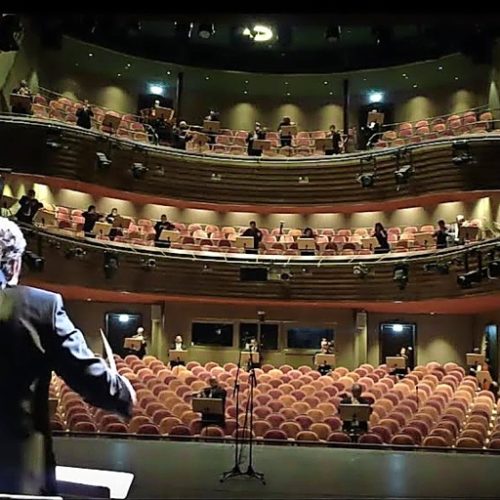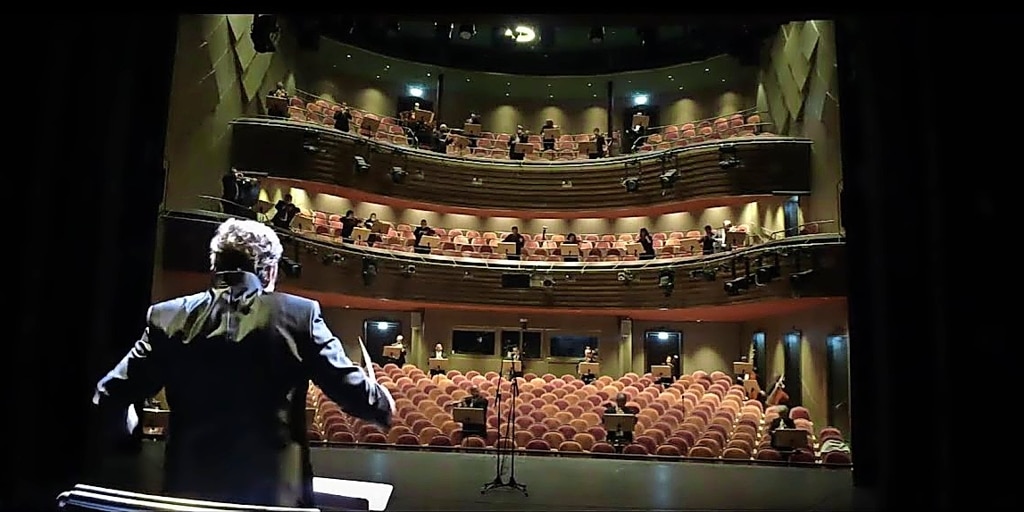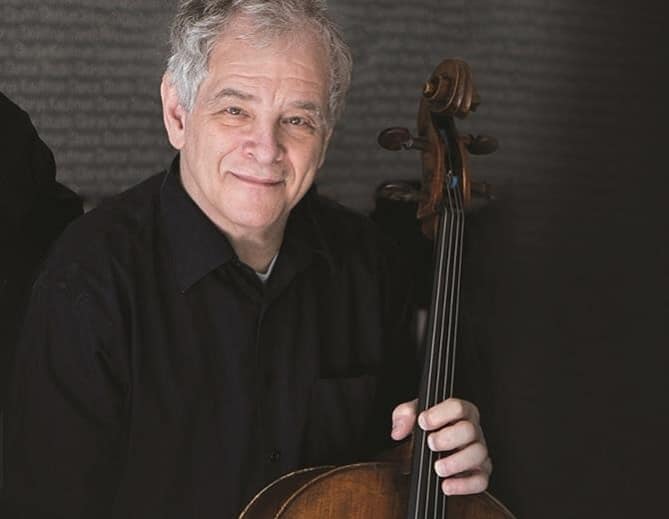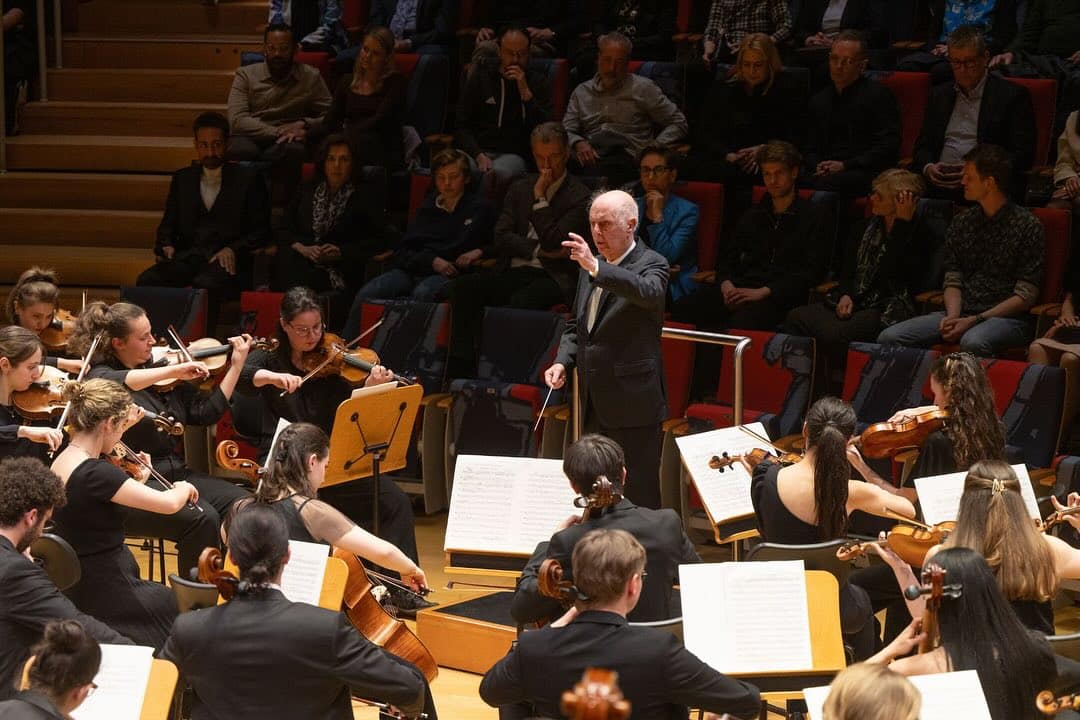Opinion: Don’t make performing arts free online
mainAustralian academic Caitlin Vincent argues against putting performances online for free. That, she says, was how the newspaper industry was almost destroyed.
There’s a long-running adage about working for free in the performing arts. “The problem with working for exposure,” it goes, “is you can die from exposure”.
Only partly a joke, the saying is also a sober warning to performers. Work in the cultural industries is precarious, and performers rely on a combination of short-term gigs, casual contracts, and “day jobs” to make ends meet. Unpaid work is a common feature of the market, and performers often find themselves working without remuneration in order to make connections or add a line to their resume.
COVID-19 has exposed the true insecurity of the cultural workforce, and now we’re seeing the double-edged sword of “exposure” also extending to arts organisations.
Since March 2020, there has been a worldwide influx of digital arts content. Forced to shutter live seasons, performing arts organisations collectively jumped on the digital bandwagon. From live-streaming events to archival production footage, audiences are inundated with virtual performance events….
Read on here.







Comments